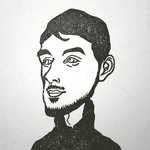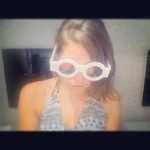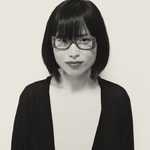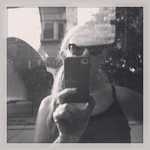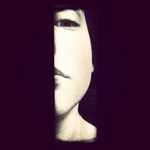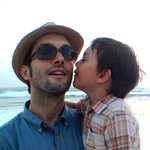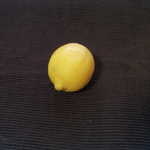

It is a brave new morning, one connected to history in heretofore undiscovered ways.
September 17th, 2013, 10am
It was 24°C with clouds and visibility OK. The breeze was light.
I spent hours this weekend sifting through piles of books in the countryside. This in itself is nothing unusual—as a part-time self-initiated design researcher, I find myself knee-deep in books regularly. There was something special about the experience this time, however. I was not in Tokyo, looking at books that were sealed in plastic with a sales clerk fussing over me and the merchandise. I was not in a library with a near-omniscient curator helping to direct me. Instead, I was in the countryside in a musty, dusty bunker filled chin-high with books that should not still be around. Books that should’ve burned, or fallen apart, or should be locked away, or wrapped in plastic and auctioned for millions of yen. I physically connected with the history of modern Japanese graphic design and the emergence of the Japanese graphic design press in ways that I never thought possible. I waded through decrepit piles and gingerly touched a half-dozen books printed by the first typesetters in this country—the Tsukiji Type Foundry—admiring the fine typography. I sifted through books from every decade since the emergence of movable type through now. I discovered a long-lost graphic design journal—one not in the history books in the West. I felt connected to the area of cultural production that I myself work in a very new way. This experience, of researching and looking and finding the little known… it is truly a rare and precious experience. Moreover, this feeling of physically connecting to history—it fills me with nothing but joy.
Filed Under
Other moments in Tokyo
-
Conversations, World Affairs, Culture
"I'm from Libya," he said. I don't know what to say. It's as if he'd told me he'd just come from his father's funeral.
in Tokyo, Japan -
The first specialty coffee shop in Ikebukuro and Junkudo (bookstore) resonate.
in Tokyo, Japan -
film, edit
Editing is interpreting.
in Tokyo, Japan -
The Riddle of Steel.
in Tokyo, Japan -
Commutes, Cities, Underground
The man stands motionless in a crush of white-shirted salarymen, as they swarm past him, toward the single escalator.
in Tokyo, Japan -
Reve, japan, Centre commercial piscine
Rêve de centre commercial-piscine
in Tokyo, Japan -
Urban Nature, birds
Sparrow Noise
in Tokyo, Japan -
City walks
Birthday walk home
in Tokyo, Japan -
Dead Letter, Addiction
"Dear Cigarettes"
in Tokyo, Japan
